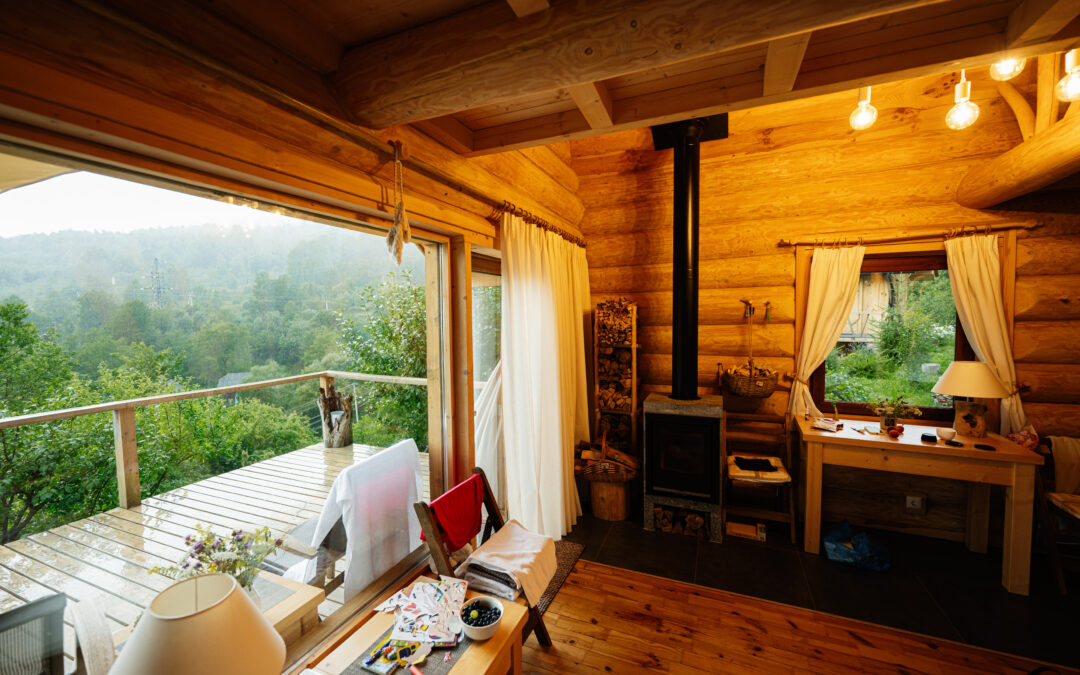Fall is here, bringing crisp air, golden leaves, and a shift in how we spend our days. As the season sets in, people are embracing comfort, nostalgia, and creativity in new ways.
But this year feels different. There’s a deliberate turning away from hustle culture and toward something slower, more intentional, more human.
Welcome to the slow living movement—and it’s reshaping how we think about everything from work to weekends.
What Slow Living Actually Means
Slow living isn’t about doing everything in slow motion or abandoning ambition. It’s about being deliberate with your time and attention.
It means choosing quality over quantity. Presence over productivity. Depth over speed. It’s permission to opt out of the constant rush and to prioritize what actually matters to you—even if that looks different from what everyone else is doing.
The movement draws from various philosophical traditions: the Italian “slow food” movement, Scandinavian concepts of hygge and lagom, Japanese ideas of wabi-sabi. But at its core, it’s simpler than any of those: just the recognition that faster isn’t always better.
Why Fall 2025 Is Different
This autumn, slow living has shifted from niche lifestyle philosophy to mainstream cultural movement.
People are leaning into cozy routines that bring a sense of ease and familiarity. Warm interiors, comfort foods, and simple throwback hobbies like board games or journaling are becoming part of daily life again. Nostalgic media is rising, with vintage-inspired fashion and reboots of classic TV shows resonating strongly.
The difference between now and previous years? It’s not just aesthetic—it’s ideological. People aren’t just buying fall candles and pumpkin spice lattes. They’re fundamentally rethinking how they want to live.
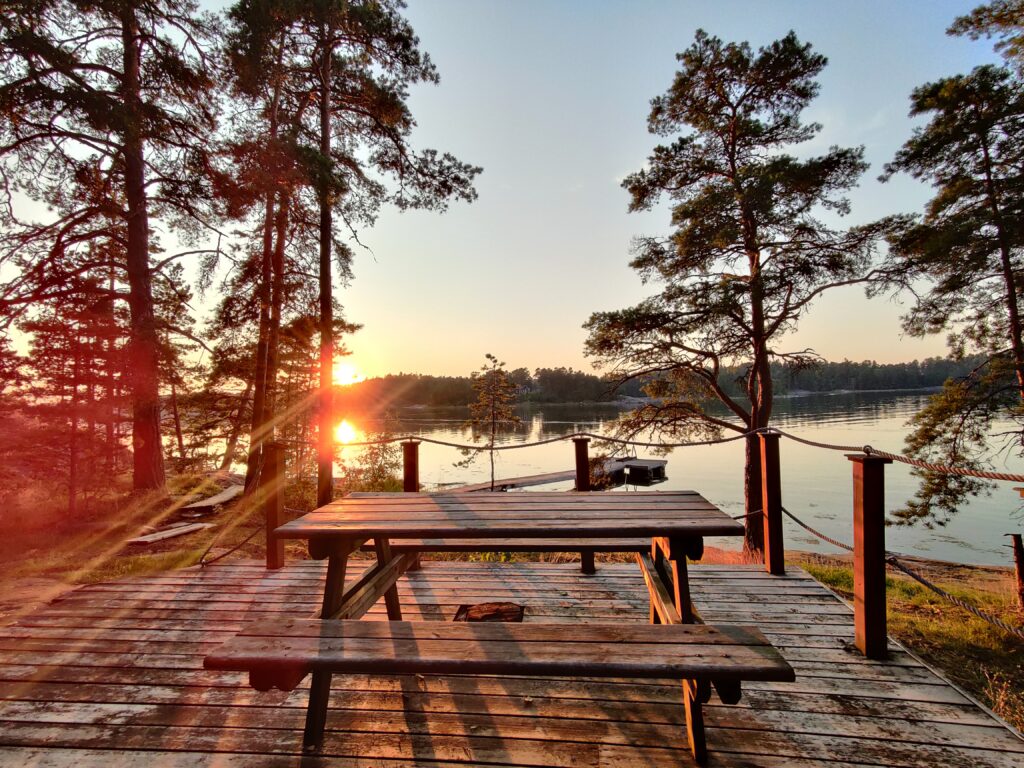
The Digital Detox Wave
Digital detoxes are becoming more popular this fall. Many people are intentionally stepping away from screens, reducing social media use, or limiting online engagement to reconnect with themselves, family, and the world around them.
This trend reflects a broader cultural push toward presence, balance, and intentional living. After years of being perpetually online—accelerated by pandemic remote work—people are craving disconnection.
It’s not about demonizing technology. It’s about reclaiming agency over when and how we use it.
Some people are designating “screen-free Sundays.” Others are deleting social media apps from their phones but keeping them accessible on computers. Some are simply turning off notifications and checking platforms once a day instead of dozens of times.
The goal isn’t perfection, it’s boundary-setting.
Seasonal Living and Nature Connection
Fall 2025 is also seeing a resurgence in seasonal living—aligning daily rhythms with natural cycles rather than fighting against them.
This means:
Adjusting routines: Going to bed earlier as daylight shrinks. Waking with sunrise instead of before it. Honoring your body’s desire to slow down as temperatures drop.
Eating seasonally: Embracing root vegetables, squashes, apples, warm spices. Cooking soups and stews instead of salads. Drinking hot tea instead of iced coffee.
Spending time outside: Taking advantage of crisp autumn weather before winter arrives. Walking through fallen leaves. Watching sunsets earlier in the evening.
Creating cozy spaces: Layering blankets, lighting candles, making homes feel warm and inviting as preparation for months spent more indoors.
This isn’t new as humans have always adjusted to seasons. What’s new is doing it consciously in a culture that usually insists we maintain the same pace year-round.
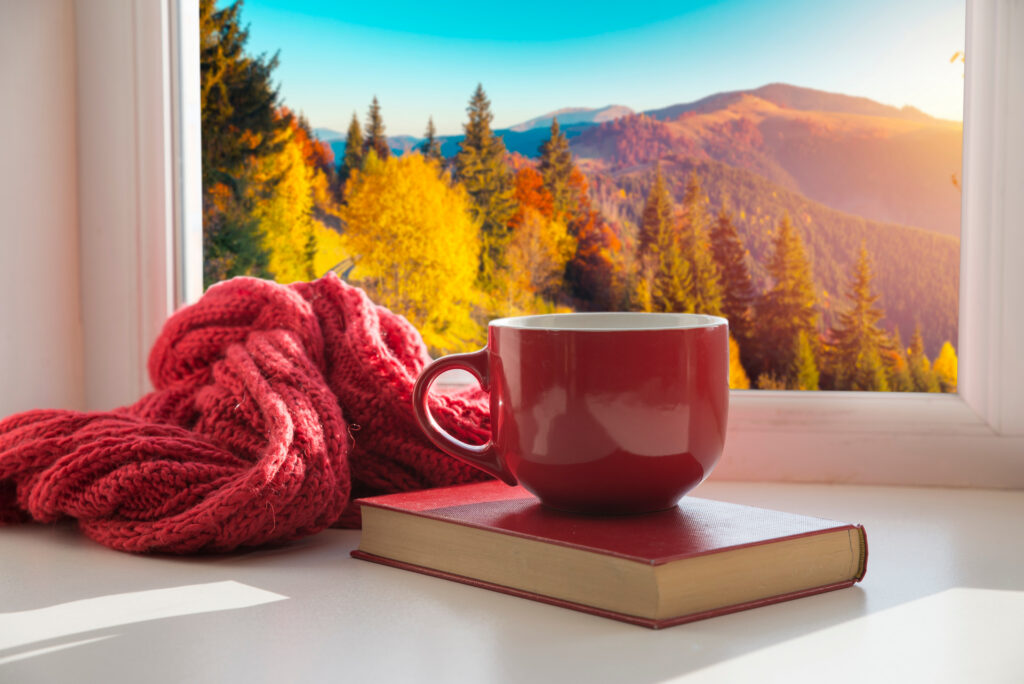
The Travel Shift: Slow Tourism
Fall 2025 travel trends reveal the same slow-living philosophy applied to vacations.
Travelers are prioritizing immersive, thoughtful experiences over rushed itineraries. People want to deepen connections with people, places, and cultures rather than checking boxes on a sightseeing list.
Cabin stays in forested or mountainous areas are gaining popularity. Scenic drives to enjoy autumn foliage are trending. Cultural festivals and seasonal fairs are attracting visitors. Experiential tourism like visiting apple orchards, attending harvest dinners, exploring haunted trails, is rising.
These trends show a shift toward meaningful travel experiences rather than just sightseeing. Visitors want to immerse themselves in seasonal environments, enjoy hands-on activities, and connect with local culture.
From comfortable cabins to festive events, fall travel is about creating memories and embracing the season’s spirit—not cramming in as many destinations as possible.
Entertainment at a Different Pace
Streaming platforms are leaning heavily into fall-specific content with new series and spooky October programming. Dramas, thrillers, and limited-run specials are helping people embrace the mood of shorter days and cooler nights.
But beyond streaming, many are turning to slower forms of entertainment:
Podcasts and audiobooks provide comfort during commutes, workouts, or winding-down time. They allow multitasking but also create space for deeper engagement than scrolling social media.
Retro gaming and in-person game nights are returning, offering nostalgia and social connection. Board games, card games, and video games from childhood are bringing people together.
Reading physical books is making a comeback. The tactile experience of turning pages, the lack of screen glare, the ability to fully disconnect—all appeal to slow-living principles.
Outdoor gatherings like fire pits, tailgates, and seasonal events draw friends and families together for memorable experiences celebrating the season.
The Work-Life Renegotiation
Perhaps nowhere is slow living more evident than in how people are approaching work this fall.
The return-to-office mandates many companies pushed have been met with resistance. Employees who experienced remote work flexibility during the pandemic are refusing to give it up without a fight. The pushback isn’t just about commuting—it’s about autonomy over time and life.
People are:
Setting boundaries: Not answering emails after hours. Taking full lunch breaks. Using all their vacation days.
Redefining success: Valuing work-life balance over promotions. Choosing flexibility over salary increases. Pursuing meaningful work over prestigious titles.
Embracing “quiet quitting”: Not going above and beyond when employers don’t reciprocate. Doing the job you’re paid for—nothing more, nothing less.
Exploring alternative work arrangements: Freelancing, part-time work, sabbaticals, career changes that prioritize quality of life.
This isn’t laziness. It’s people deciding that success without fulfillment isn’t actually success at all.
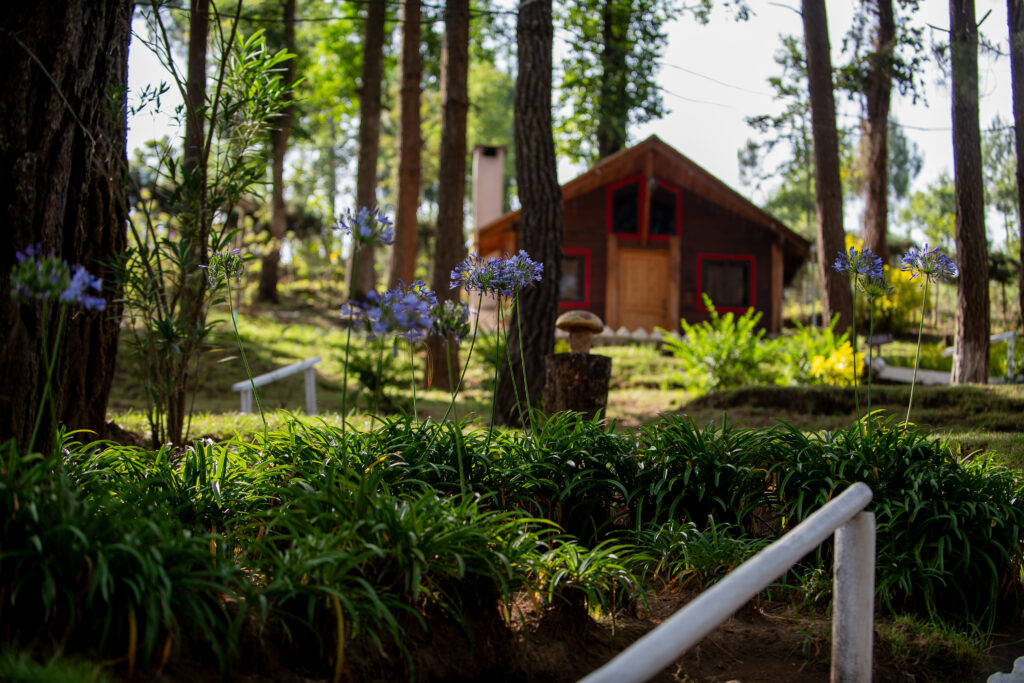
Creating Slow Living Rituals
You don’t need to quit your job and move to a cabin to embrace slow living. Small changes create meaningful shifts:
Morning slowness: Wake 15 minutes earlier to sit with coffee instead of rushing. No phone for the first 30 minutes awake.
Meal rituals: Cook one meal from scratch each week. Set the table even when eating alone. Light candles at dinner.
Evening wind-down: Create a bedtime routine that doesn’t involve screens. Read, journal, stretch, or simply sit quietly.
Weekend protection: Designate one weekend day as obligation-free. No errands, no productivity, no “should”—just being.
Seasonal traditions: Visit a pumpkin patch. Go apple picking. Take a foliage drive. Make soup from scratch. Activities that mark seasonal changes.
Technology boundaries: Establish phone-free zones (bedroom, dining table). Delete apps that don’t serve you. Turn off non-essential notifications.
Nature time: Daily 10-minute walk outside. Sit on your porch. Touch grass. Ground yourself in physical environment.
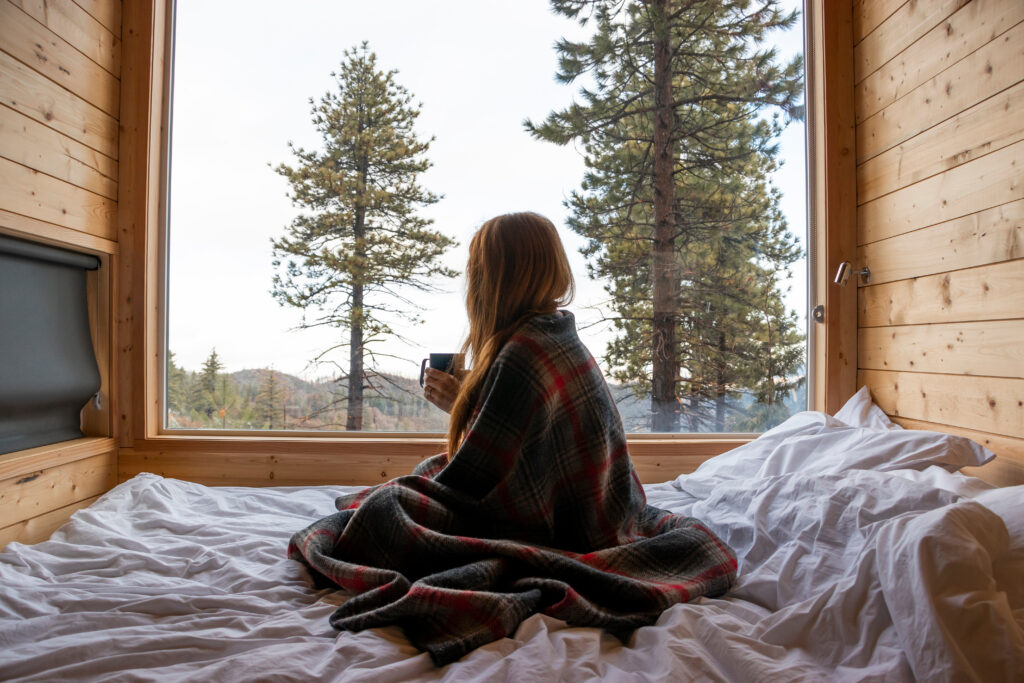
Why This Matters Now
The slow living movement gaining momentum in fall 2025 isn’t random. It’s a response to years of accumulated burnout, anxiety, and disconnection.
We’ve been living in crisis mode since 2020. Pandemic, economic uncertainty, political turmoil, climate anxiety, social isolation, then forced re-integration into “normal” life that doesn’t feel normal. It’s exhausting.
Slow living offers something radical: permission to stop sprinting through life. Permission to rest without earning it. Permission to prioritize wellbeing over productivity.
It’s also a quiet rebellion against systems that profit from our stress. Hustle culture, comparison culture, consumer culture—they all depend on us feeling inadequate and rushed. Slow living refuses to participate.
Why We’re Obsessed
There’s something deeply comforting about the slow living movement’s rise this fall.
It validates what many of us have been feeling: that the pace of modern life is unsustainable. That we can’t keep going faster, doing more, being constantly “on.” That rest and presence aren’t luxuries—they’re necessities.
Slow living doesn’t require privilege, though privilege certainly makes it easier. It requires choice. The choice to prioritize differently. To say no more often. To protect your time and energy. To define success on your own terms.
This fall, as leaves change and daylight shrinks, maybe the season itself is teaching us something. That there’s wisdom in slowing down. That dormancy isn’t death—it’s preparation. That sometimes the most radical thing we can do is simply be present.
Light the candles. Make the soup. Take the long walk. Read the book. Play the game. Call the friend. Sit by the fire.
Live slowly. Live intentionally. Live fully.

